Contents
Learn more about proteins and SARS-CoV-2
Proteins are molecular machines that perform many functions we associate with life. They sense the environment (e.g. in taste and smell), perform work (e.g. muscle contraction and breaking down food), and play structural roles (e.g. your hair). They are made of a linear chain of chemicals called amino acids that, in many cases, spontaneously “fold” into compact, functional structures. Much like any other machine, it’s how a protein’s components are arranged and move that determines the protein’s function. In this case, the components are atoms.
Viruses also have proteins that they use to suppress our immune systems and reproduce themselves.
To help tackle coronavirus, we want to understand how these viral proteins work and how we can design therapeutics to stop them.
There are many experimental methods for determining protein structures. While extremely powerful, they only reveal a single snapshot of a protein’s usual shape. But proteins have lots of moving parts, so we really want to see the protein in action. The structures we can’t see experimentally may be the key to discovering a new therapeutic.
Using football as an analogy for the experimental situation, it’s as if you could only see the players lined up for the snap (the single arrangement the players spend the most time in) and were blind to the rest of the game.

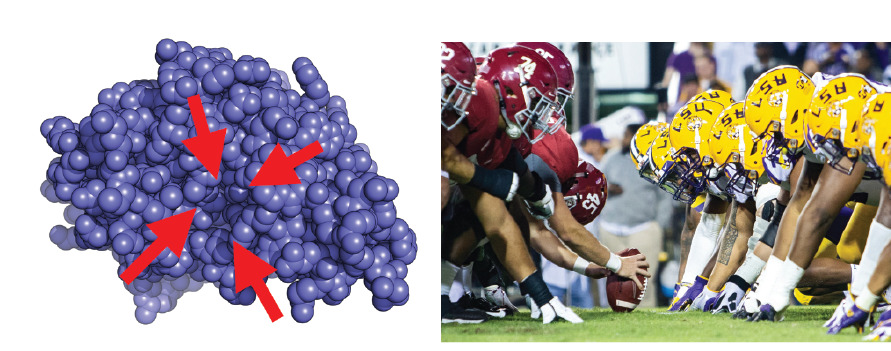
Seeing a single structure of a protein (left) is like seeing players lined up for the snap in football. Important information, but a lot missing too. The protein structure shows a sphere for each atom (blue) and red arrows highlighting the one drug binding site in this protein.
Our specialty is in using computer simulations to understand proteins’ moving parts. Watching how the atoms in a protein move relative to one another is important because it captures valuable information that is inaccessible by any other means.
Taking the experimental structures as starting points, we can simulate how all the atoms in the protein move, effectively filling in the rest of the game that experiments miss.
A movie capturing how the protein shown before moves is like getting to watch the whole football game. In this case, we see a pocket form that was absent in the experimental structure.
Doing so can reveal new therapeutic opportunities. For example, in our recent paper, we simulated a protein from Ebola virus that is typically considered ‘undruggable’ because the snapshots from experiments don’t have obvious druggable sites. But, our simulations uncovered an alternative structure that does have a druggable site. Importantly, we then performed experiments that confirmed our computational prediction, and are now searching for drugs that bind this newly discovered binding site.


An experimental structure of an Ebola protein doesn’t have obvious druggable sites (no deep pockets among the atoms shown as spheres).
Our simulations captured a motion that creates a potentially druggable site in this Ebola protein. Instead of showing spheres for each atom, this cartoon shows a ribbon tracing the linear chain of amino acids (chemicals) the protein is made of.
We want to do the same thing with coronavirus.
Spreading the knowledge with open source and open science
When we are done with our analysis we upload the data here:
We also make all data publicly available, so that other people working in the field can check our analysis and anyone with new methods (e.g. the always growing machine learning data analysis) can look at them at any time: https://osf.io/2h6p4/wiki/home/
and https://osf.io/dp4cb/wiki/home/
We are also collaborating with other labs and groups outside the Folding@home Consortium to solve COVID-19 asap. Learn more about the COVID Moonshot collaboration: Link COVID Moonshot dashboard: Link
WHAT YOU CAN DO
1. Donate computing power:
Downloading Folding@home and helping us run simulations is the primary way to contribute. These calculations are enormous and every little bit helps! Each simulation you run is like buying a lottery ticket. The more tickets we buy, the better our chances of hitting the jackpot. Usually, your computer will never be idle, but we’ve had such an enthusiastic response to our COVID-19 work that you will see some intermittent downtime as we sprint to setup more simulations. Please be patient with us! There is a lot of valuable science to be done, and we’re getting it running as quickly as we can.
To focus on COVID-19 research set your category to COVID-19.
2) If you don’t have computers to contribute or are feeling particularly generous, you can also make donations through Washington University in St. Louis. These funds are used for a number of purposes, including:
2.1) Supporting our software engineering and server-side hardware (particularly important right now as we scale up rapidly!)
2.2) Buying compounds to test experimentally based on insight from our simulations.

Our posts regarding COVID-19, SARS-CoV-2
-
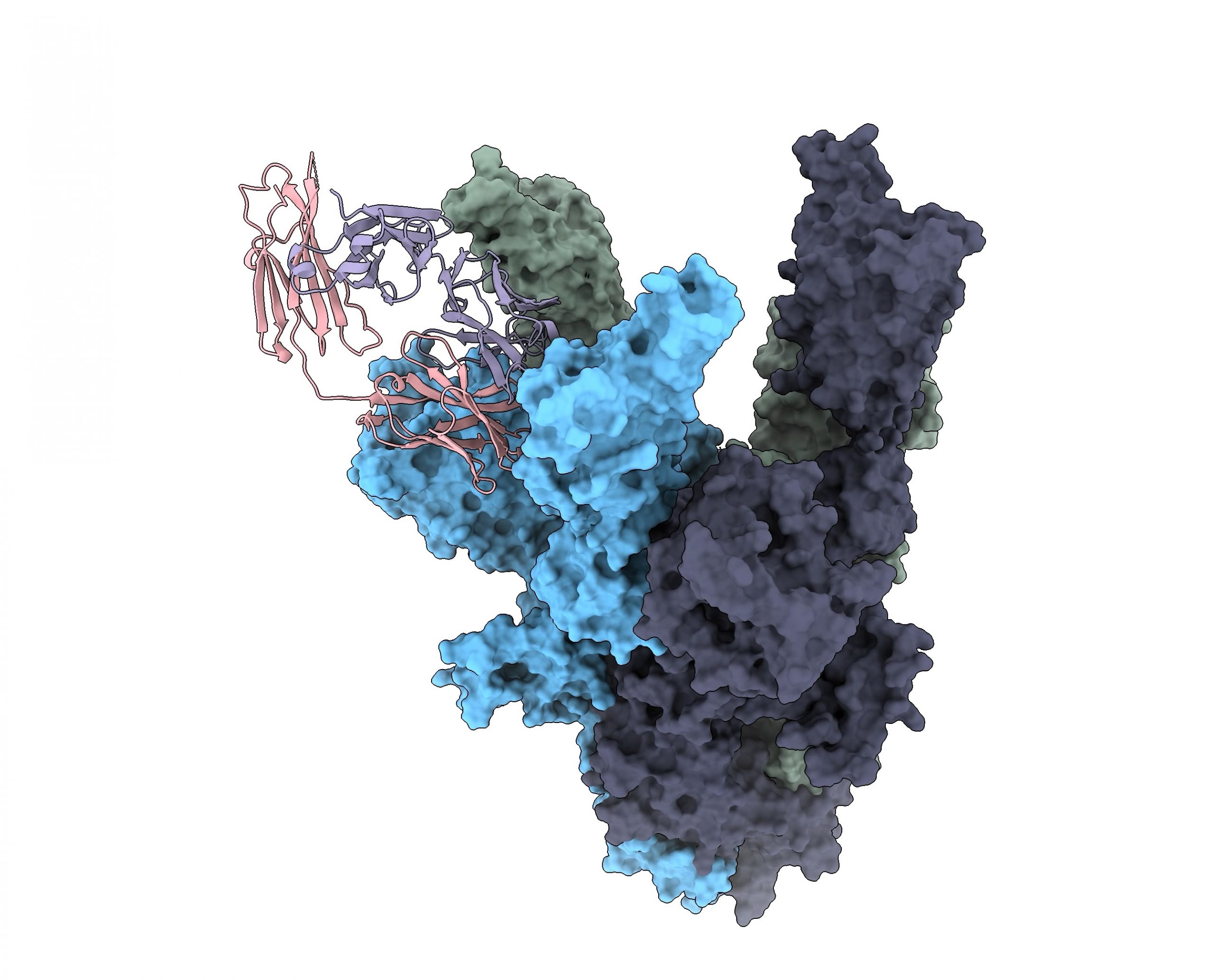
Experimental confirmation of spike dynamics
Early during the COVID-19 pandemic, our simulations of the coronavirus spike protein led us to predict that it opens up far more widely than previously thought. This opening reveals ‘cryptic’…
Read more -
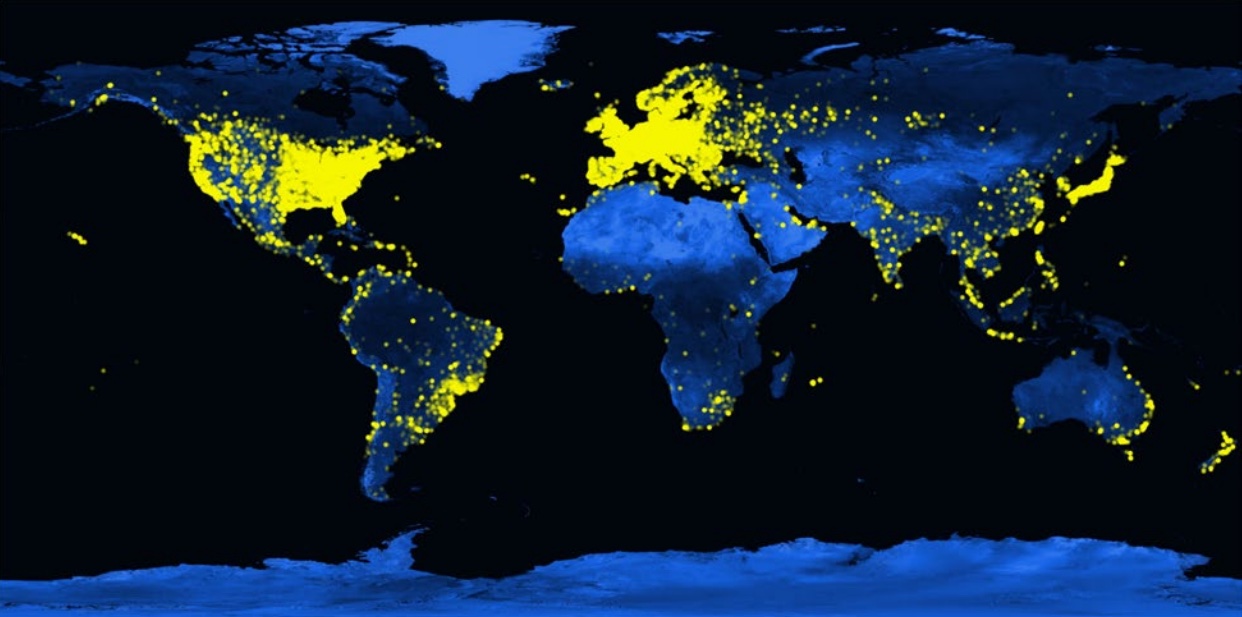
2021 in review, and happy new year 2022
This past year, we have largely focused on following through on our commitment to take on SARS-CoV-2. Looking ahead, there’s more work to be done on the pandemic, and we…
Read more -
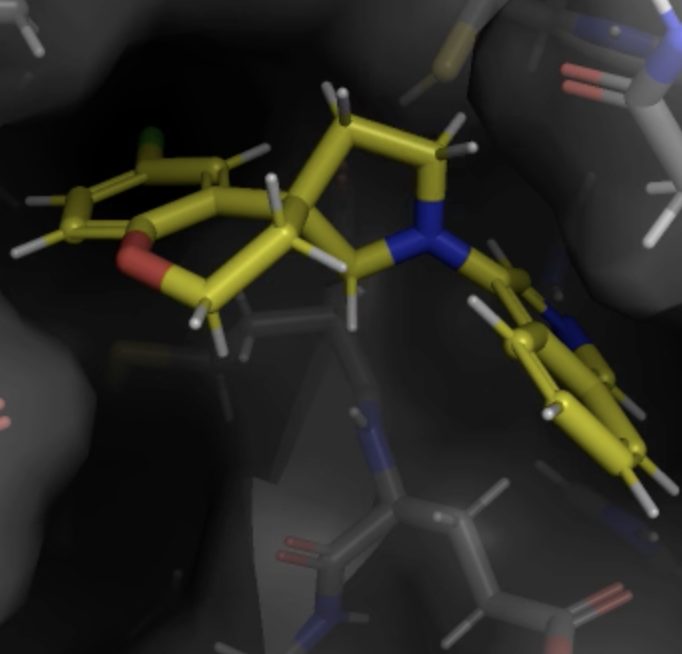
COVID MOONSHOT SPRINT 11: The home stretch
Rev up your GPUs and help us in the final stretch of nominating a patent-free oral antiviral for preclinical studies!
Read more -
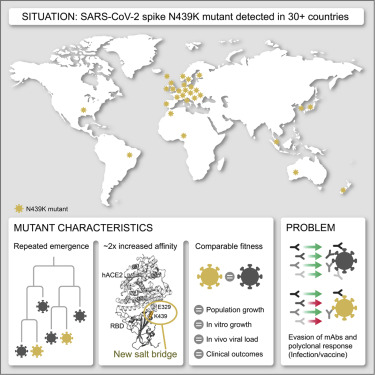
Circulating SARS-CoV-2 spike N439K variants maintain fitness while evading antibody-mediated immunity
Folding@home helps experimental collaborators understand mutations that drive increased fitness of SARS-CoV-2 mutants.
Read more -
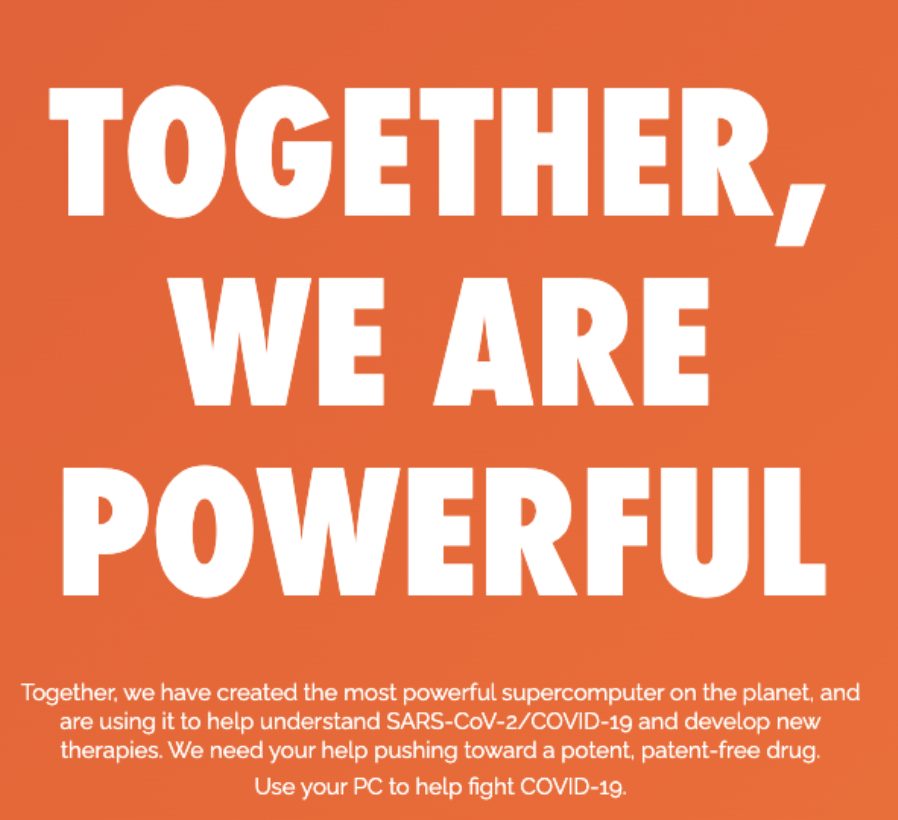
COVID Moonshot funded by COVID-19 Therapeutics Accelerator to rapidly develop a safe, globally accessible and affordable antiviral pill
We’re thrilled to report that the COVID Moonshot has been awarded a $10M grant from the Wellcome Trust on behalf of the World Health Organization (WHO) Access to COVID Tools…
Read more -

COVID Moonshot Sprint 10
Sprint 10 aims to help optimize the P1 pocket substituent to work around metabolism issues with our current best lead compounds. We’ve been quiet lately, but that’s because we’ve been…
Read more -

2020 in review, and happy new year 2021!
TL;DR: During 2020, Folding@home was like the citizens’ fleet in the movie Star Wars: The Rise of Skywalker. Everyone came together to face a common foe, in this case the…
Read more -
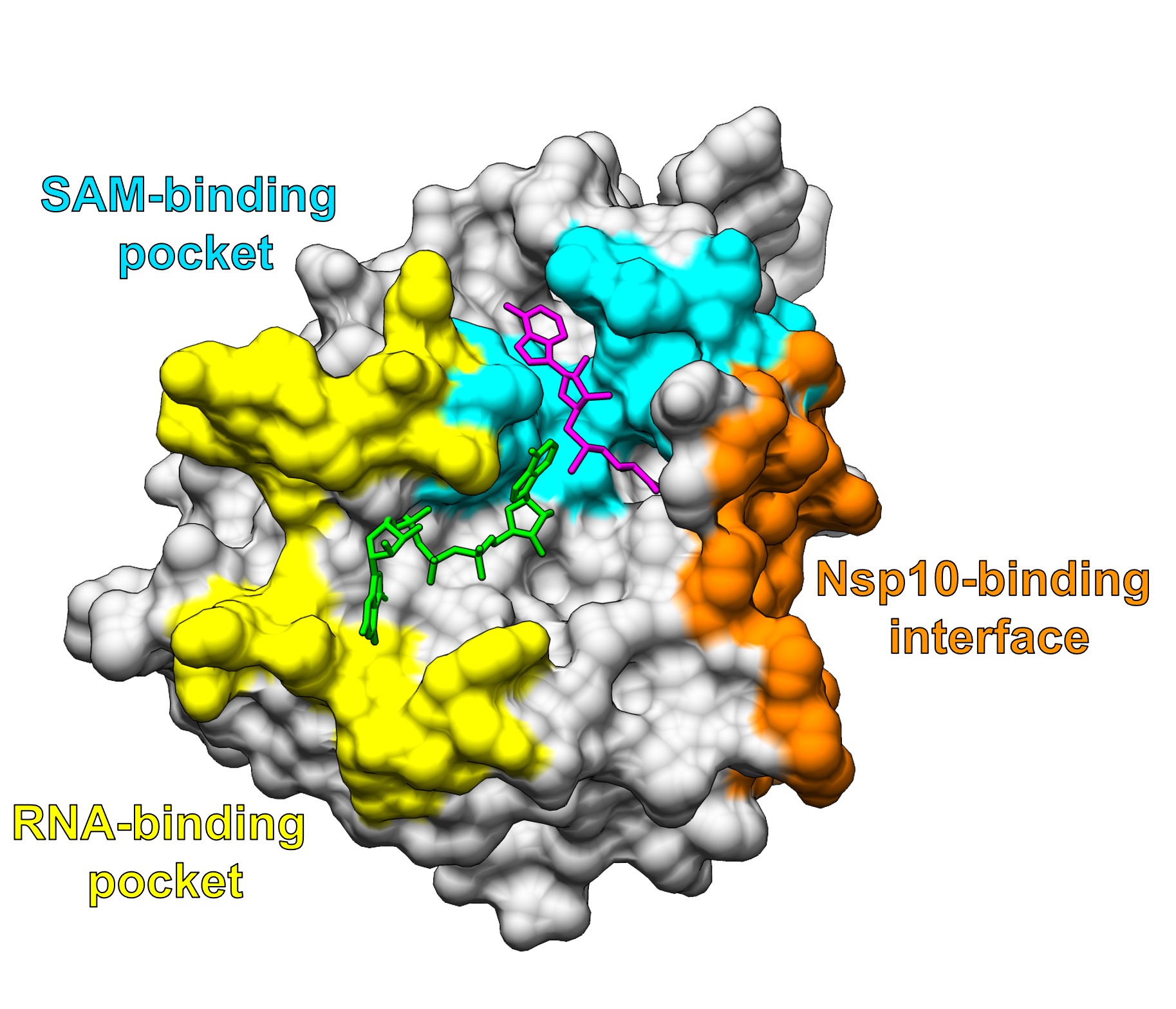
SARS-CoV-2 Nsp16 activation mechanism and a cryptic pocket with pan-coronavirus antiviral potential
As we all know, coronaviruses are a major threat to human health. In the past two decades these viruses have caused three epidemics: SARS in 2004, MERS in 2012, and…
Read more -
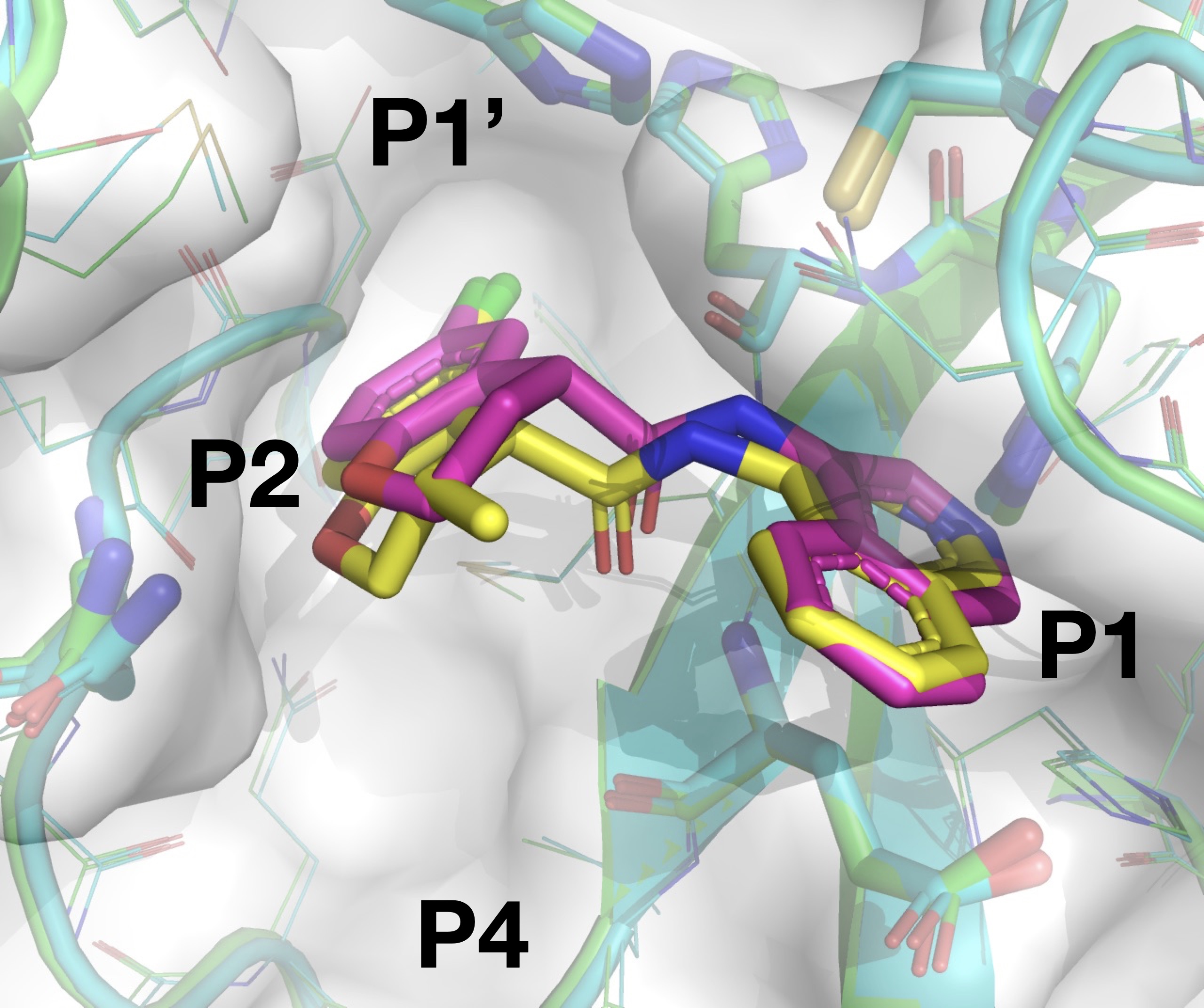
COVID Moonshot Sprint 5
Sprint 5 to prioritize compounds for the open science patent-free COVID Moonshot drug discovery project has launched! Rev up your GPUs to help develop a new therapy.
Read more -
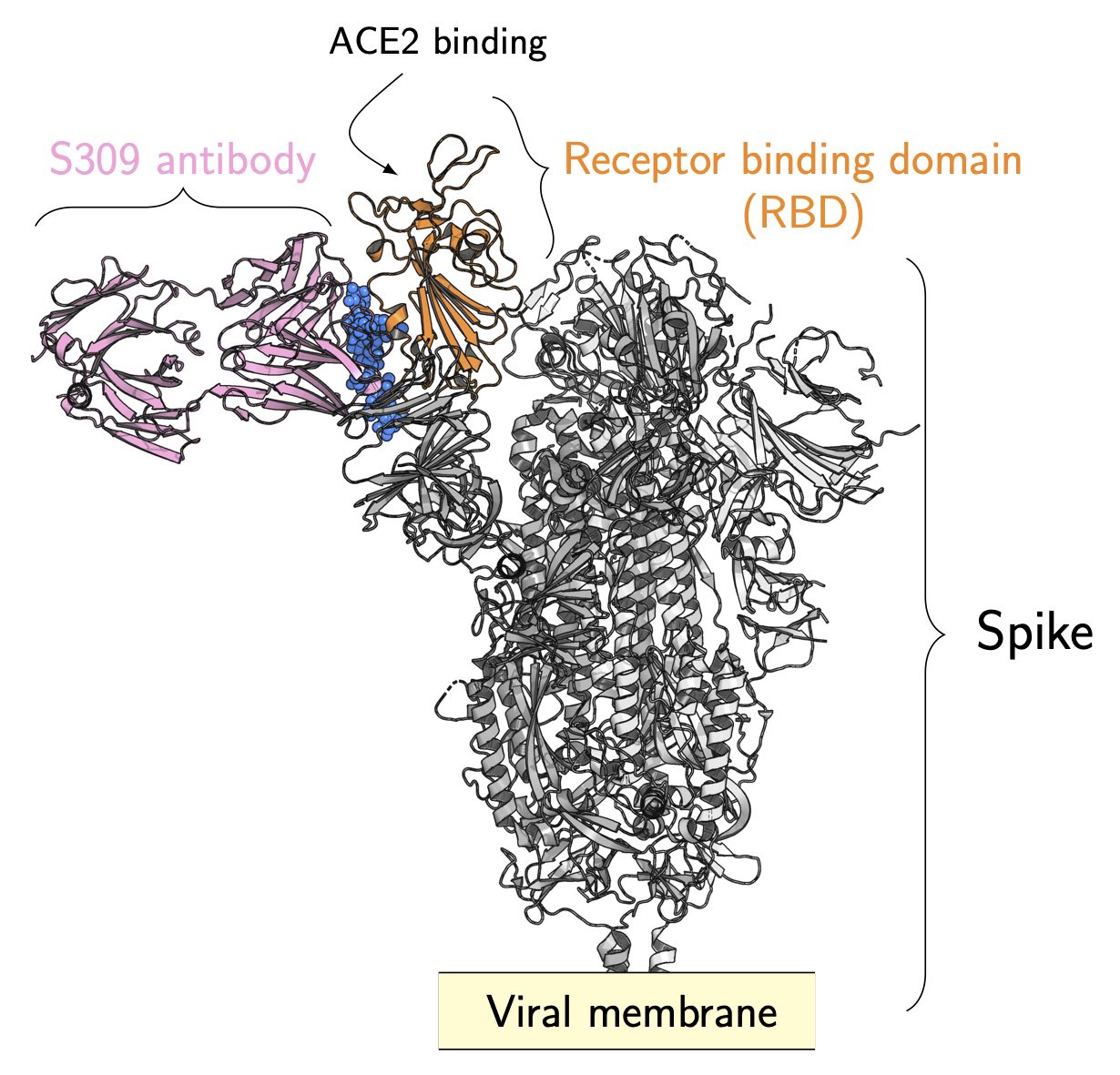
Could a new class of antibodies treat COVID-19 in a manner that avoids resistance?
Several antibodies are now in clinical trials to both treat and provide protection against COVID-19. But one of these binds in a completely surprising way, and in a manner that may head off viral resistance. How does it work? We’re trying to find out!
Read more -

COVID Moonshot Sprint 4
As the COVID Moonshot continues to make rapid progress, the fourth free energy sprint focused on a backup lead series that suddenly pulls into the lead!
Read more -

Together we are Even More Powerful: GPU folding gets a powerup with NVIDIA CUDA support!
Folding@home adds CUDA support to give NVIDIA GPUs big boosts in speed!
Read more -

Launching the Third Weekly Sprint for the COVID Moonshot!
We’re launching the third weekly compound prioritization sprint for the COVID Moonshot! This sprint focuses on our benzotriazole lead series. These compounds came about from a previous series of potent…
Read more -

Join the Second COVID Moonshot Weekly Sprint!
Help us reach our weekend goal so the COVID Moonshot can make rapid progress toward a COVID-19 therapy! The First COVID Moonshot Weekly Sprint has just come to a close!…
Read more -

Introducing COVID Moonshot weekly sprints: Help us discover a new therapy
Join our weekly sprints to prioritize compounds to make and test!
Read more -

Citizen Scientists Create an Exascale Computer to Combat COVID-19
Maxwell I Zimmerman, Justin R Porter, Michael D Ward, Sukrit Singh, Neha Vithani, Artur Meller, Upasana L Mallimadugula, Catherine E Kuhn, Jonathan H Borowsky, Rafal P Wiewiora, Matthew F D Hurley, Aoife M Harbison, Carl A Fogarty, Joseph E Coffland, Elisa Fadda, Vincent A Voelz, John…
Read more -

The Covid Moonshot
Folding@home Consortium scientists have been working hard over the past three months to support experimental collaborators working to develop new therapies for COVID-19. One of these experimental collaborations is with the COVID Moonshot,…
Read more -
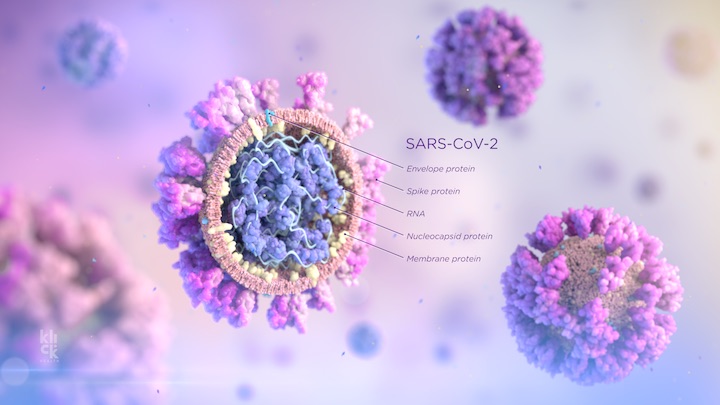
Going after the mysterious SARS-COV-2 Envelope protein
Ion channels act as doors for cells: they open and close to let in and out the particles that carry electrical charge, the ions. Ion channels are therefore at the…
Read more -
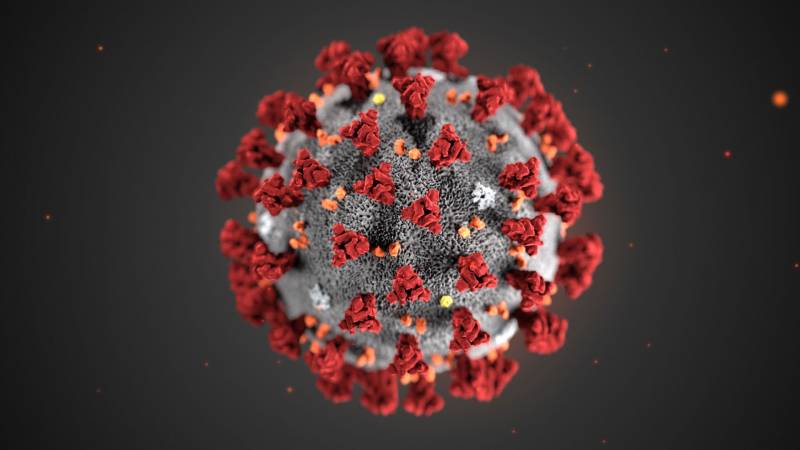
NEW FOLDING@HOME SOFTWARE WITH THE OPTION TO PRIORITIZE COVID-19 PROJECTS
In response to popular demand, we have created an update to the Folding@home software that allows you to prioritize COVID-19 projects. We encourage you to upgrade as the new software…
Read more -
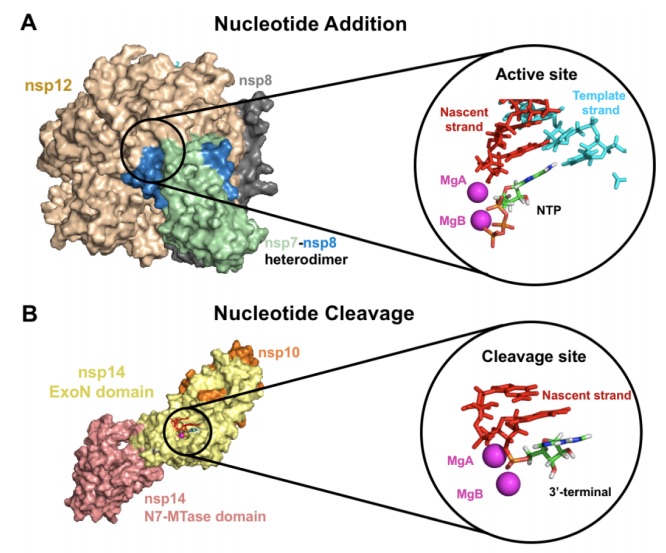
NEW SIMULATIONS TO SEARCH FOR COVID-19 TREATMENT VIA REPURPOSING EXISTING NTP ANALOG DRUGS THAT TARGET VIRAL RNA REPLICATION
Coronavirus (CoV) has a capsid that envelops the single-stranded RNA genome. Three structural proteins are shown to be associated with the capsid: membrane, envelope, and the spike protein. Chemical compounds…
Read more -
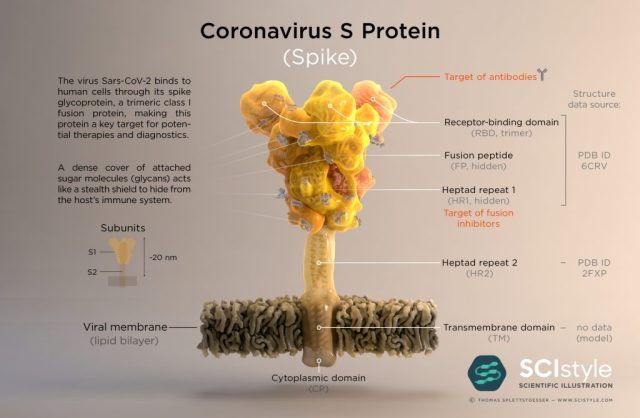
CAPTURING THE COVID-19 DEMOGORGON (AKA SPIKE) IN ACTION
The spike of the SARS-CoV-2 virus (shown below) is one particularly appealing target for designing therapeutics to combat the COVID-19 disease. It is actually comprised of three identical proteins arranged…
Read more -
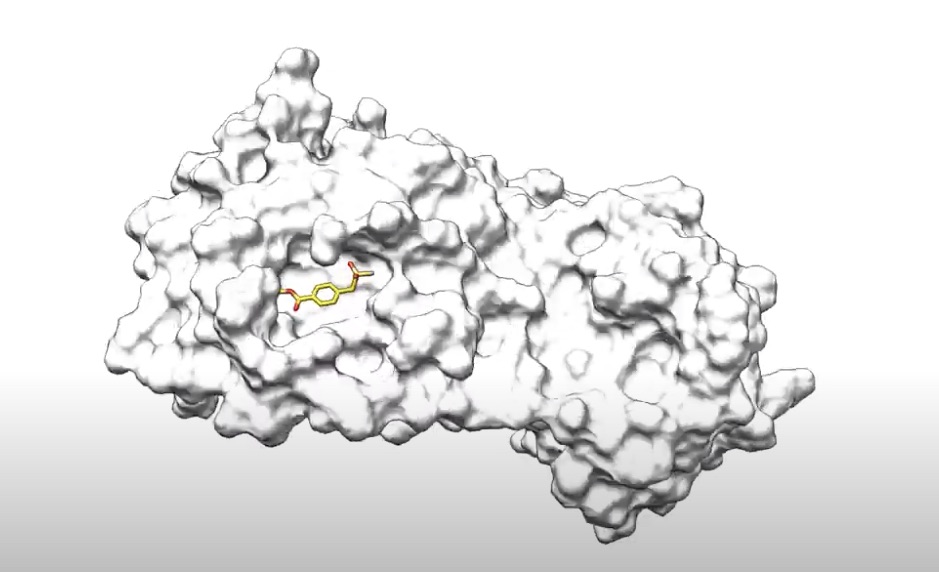
NEW COVID-19 SMALL MOLECULE SCREENING SIMULATIONS ARE RUNNING ON FULL FOLDING@HOME!
We are excited to announce a new batch of small molecule screening simulations are now up and running on Folding@home! These simulations will help prioritize which molecules will be synthesized and assayed…
Read more -
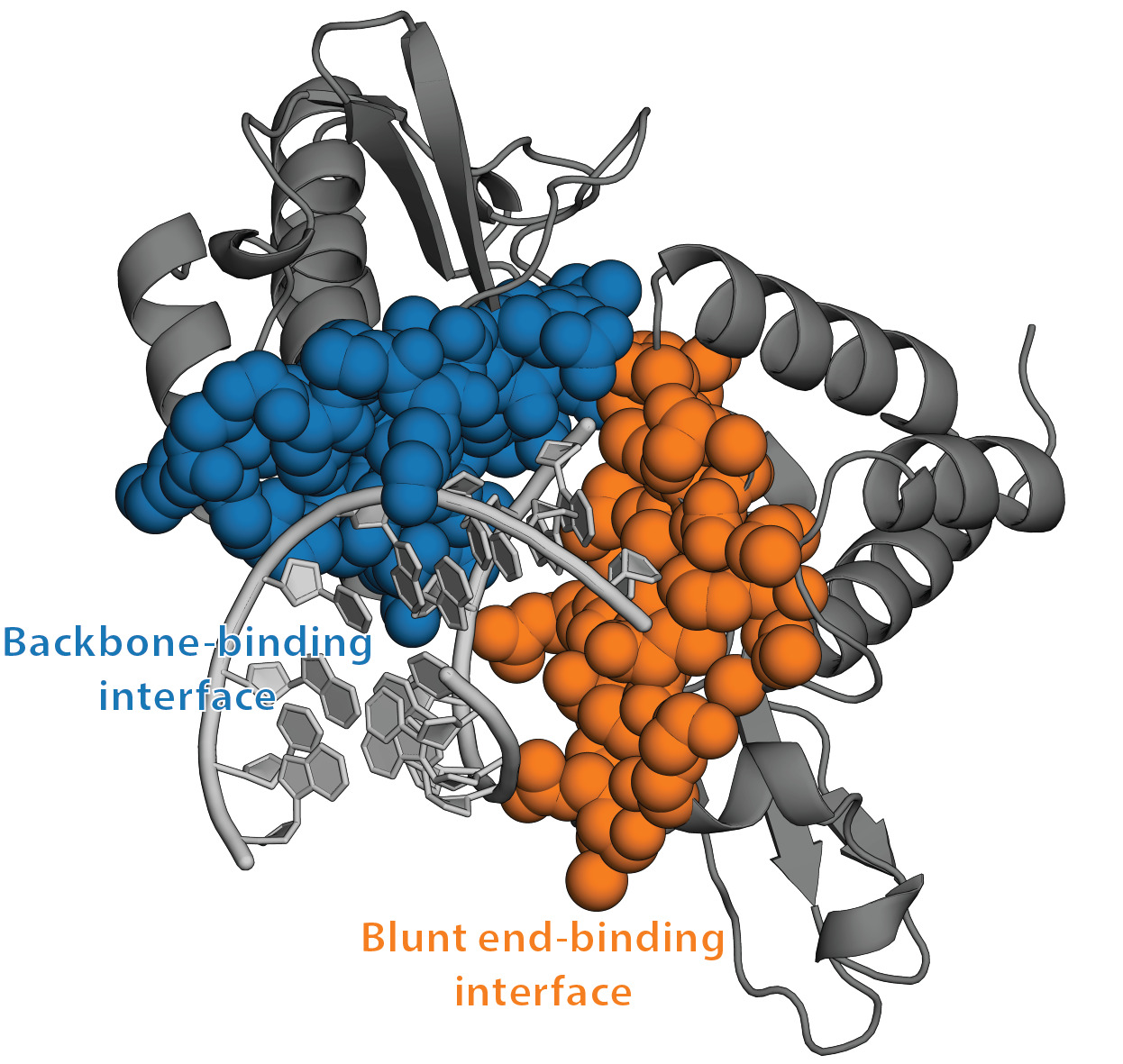
Coronavirus – What we’re doing and how you can help in simple terms
TL;DR: We’re simulating the dynamics of COVID-19 proteins to hunt for new therapeutic opportunities. Scroll to the bottom of the page to see a list of ways you can help.…
Read more -

Folding@home update on SARS-CoV-2 (10 Mar 2020)
This is an update on Folding@home’s efforts to assist researchers around the world taking up the global fight against COVID-19. After initial quality control and limited testing phases, Folding@home team…
Read more -
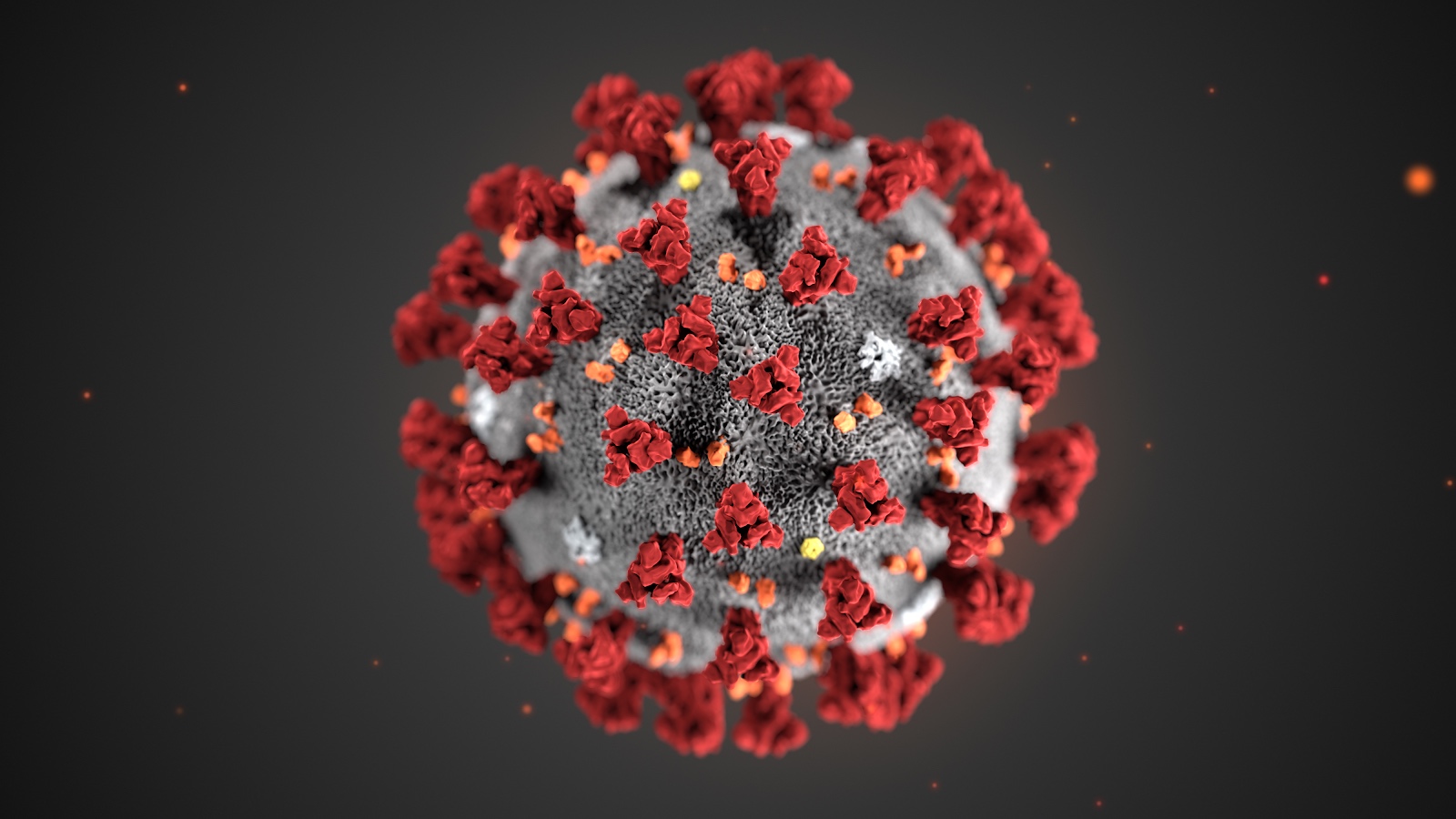
Folding@home takes up the fight against COVID-19 / 2019-nCoV
We need your help! Folding@home is joining researchers around the world working to better understand the 2019 Coronavirus (2019-nCoV) to accelerate the open science effort to develop new life-saving therapies.…
Read more
Results
-

Circulating SARS-CoV-2 spike N439K variants maintain fitness while evading antibody-mediated immunity
Folding@home helps experimental collaborators understand mutations that drive increased fitness of SARS-CoV-2 mutants.
Read more -

SARS-CoV-2 Nsp16 activation mechanism and a cryptic pocket with pan-coronavirus antiviral potential
As we all know, coronaviruses are a major threat to human health. In the past two decades these viruses have caused three epidemics: SARS in 2004, MERS in 2012, and…
Read more -

Citizen Scientists Create an Exascale Computer to Combat COVID-19
Maxwell I Zimmerman, Justin R Porter, Michael D Ward, Sukrit Singh, Neha Vithani, Artur Meller, Upasana L Mallimadugula, Catherine E Kuhn, Jonathan H Borowsky, Rafal P Wiewiora, Matthew F D Hurley, Aoife M Harbison, Carl A Fogarty, Joseph E Coffland, Elisa Fadda, Vincent A Voelz, John…
Read more
